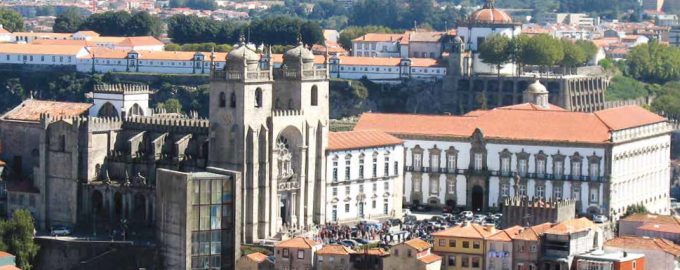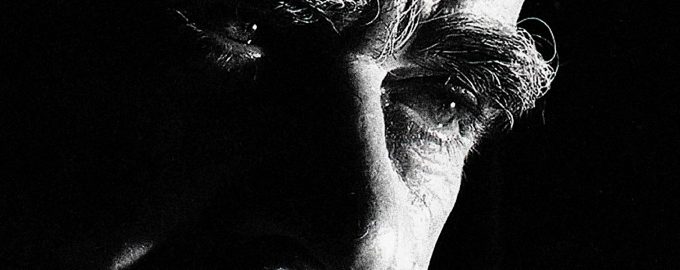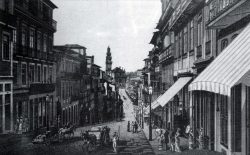A friendship of centuries
The influence of the English in the city of Porto and specifically the Port wine is well known, but the relationship between Porto and British is much older.
The first contact took place around June 1147, when the English Crusaders who were going to the Holy Land stayed in Porto for 11 days waiting for the forces commanded by the Count of Areschot and Cristiano de Gistell, who had separated from the fleet due to a tempest at sea . The first king of Portugal, Afonso Henriques, on learning of this fact, tried to establish an agreement with their leaders, convincing them to help in the conquest of Lisbon from the Moors.
The relationship intensified during the middle Ages, with the establishment of commercial relations. Cloths, wine, wood, furs and fish were the products traded between the two countries.
The 2 of February of 1367 the Cathedral of the Porto was stage of the marriage between D. João I and D. Filipa de Lencastre, a union that would offset the support of the British in the fight against Castile. In 1642, two years after the restoration of Portugal’s independence, Porto receives the first British consul, Nicholas Comerforde.


 s Clérigos, has had several uses, having been a court, as well as a prison.
s Clérigos, has had several uses, having been a court, as well as a prison.








 The Republic came to be proclaimed on the balcony of the City Hall, which would be the last stronghold of the rebels. Those who did not die in the battle would eventually be taken to ships stationed at Leixões. Others managed to escape abroad. The Republic would only be proclaimed in 1910.
The Republic came to be proclaimed on the balcony of the City Hall, which would be the last stronghold of the rebels. Those who did not die in the battle would eventually be taken to ships stationed at Leixões. Others managed to escape abroad. The Republic would only be proclaimed in 1910.
